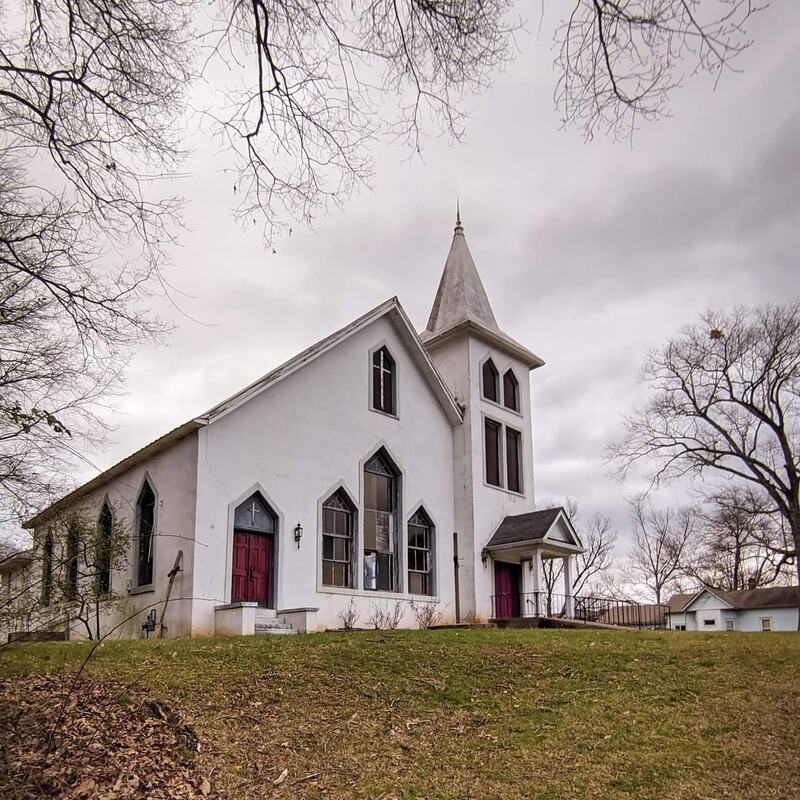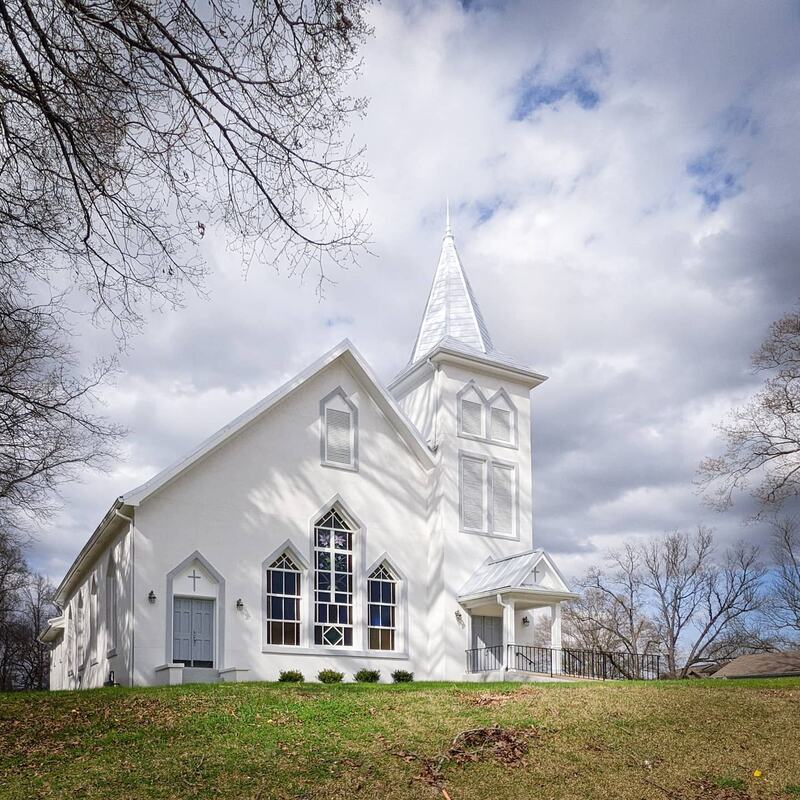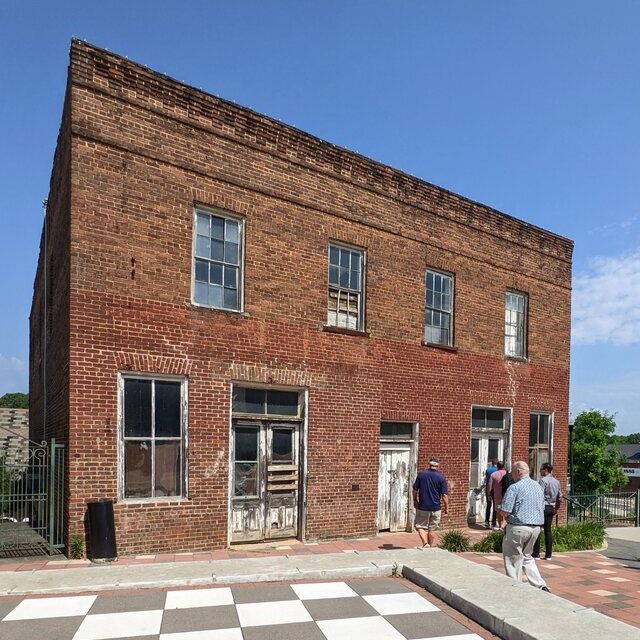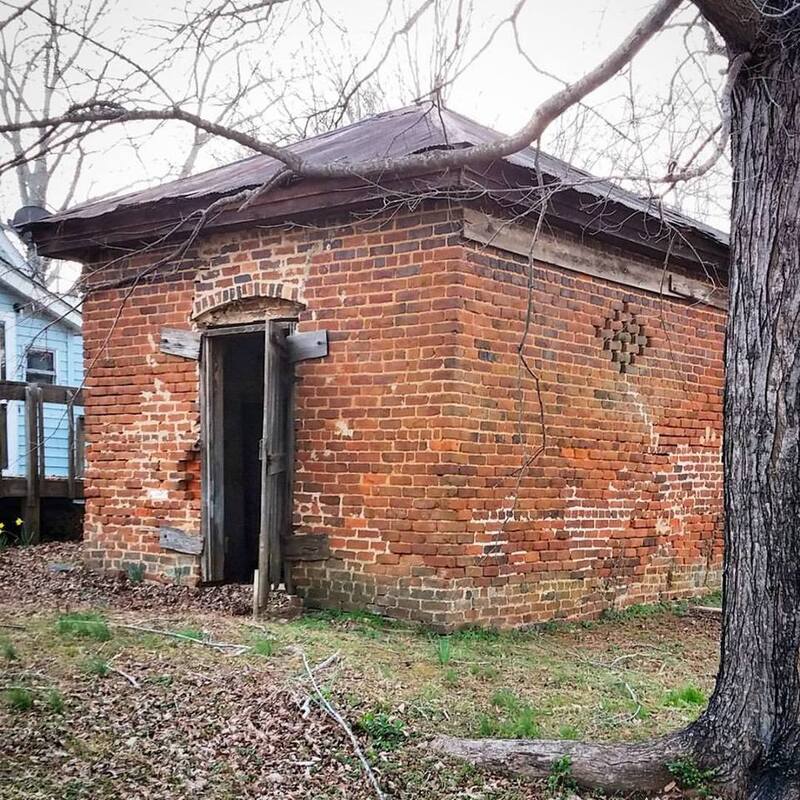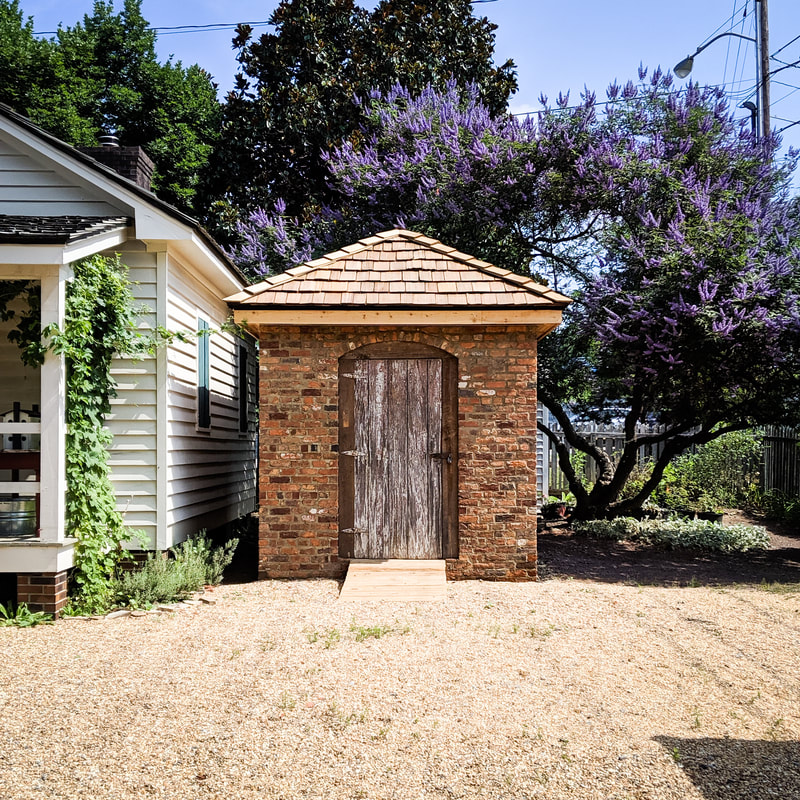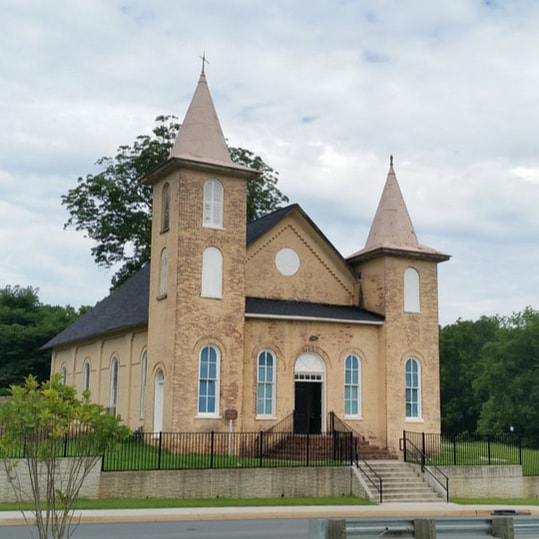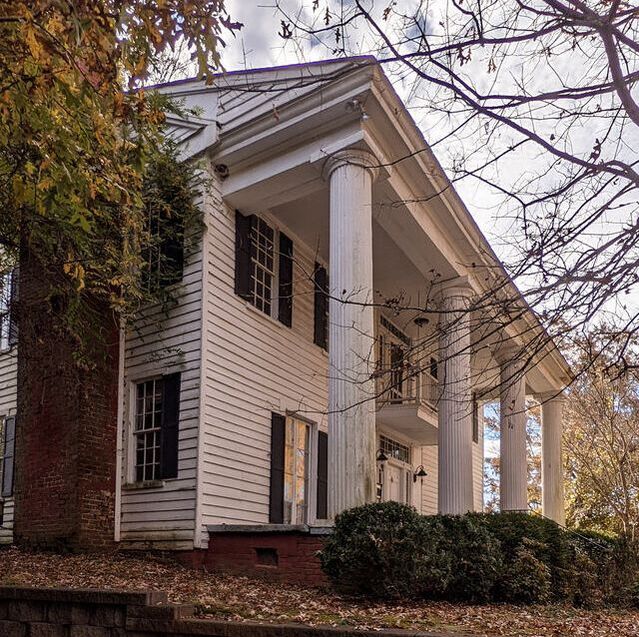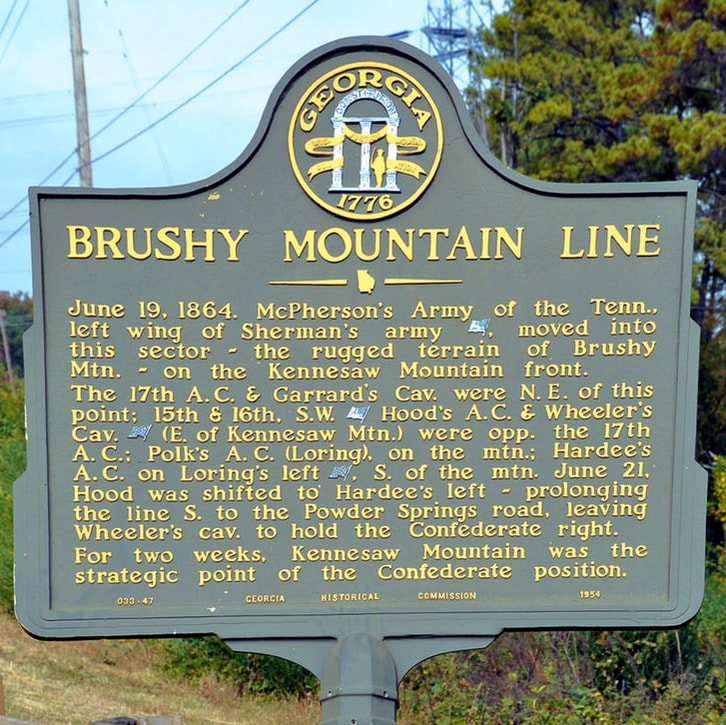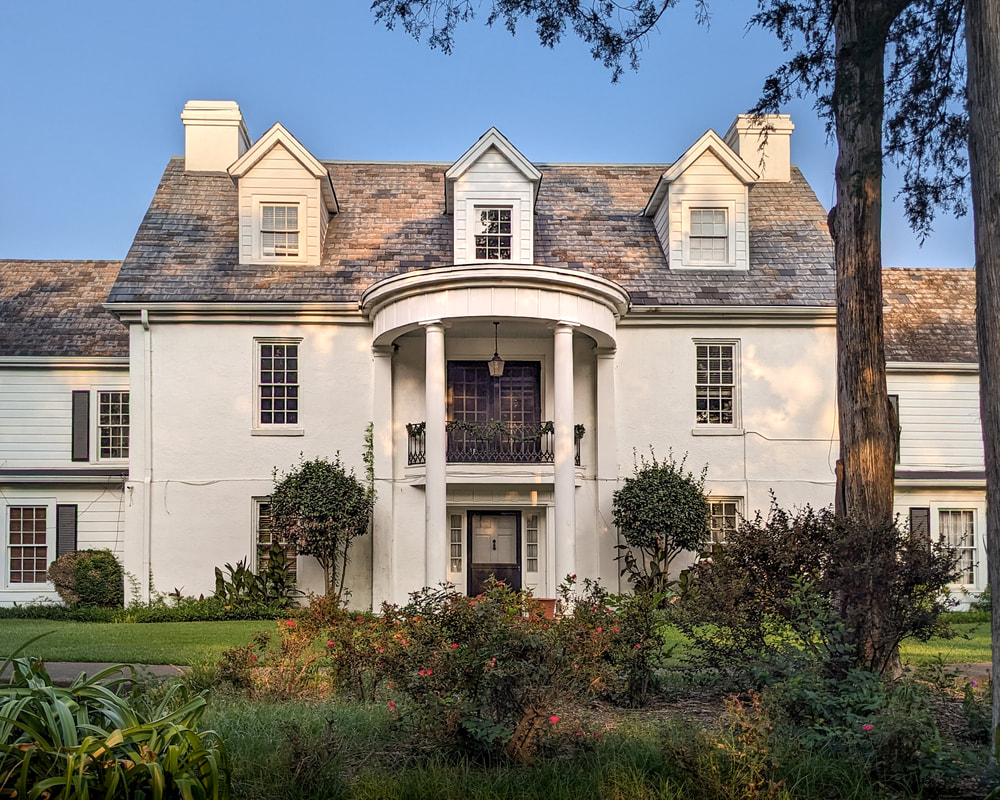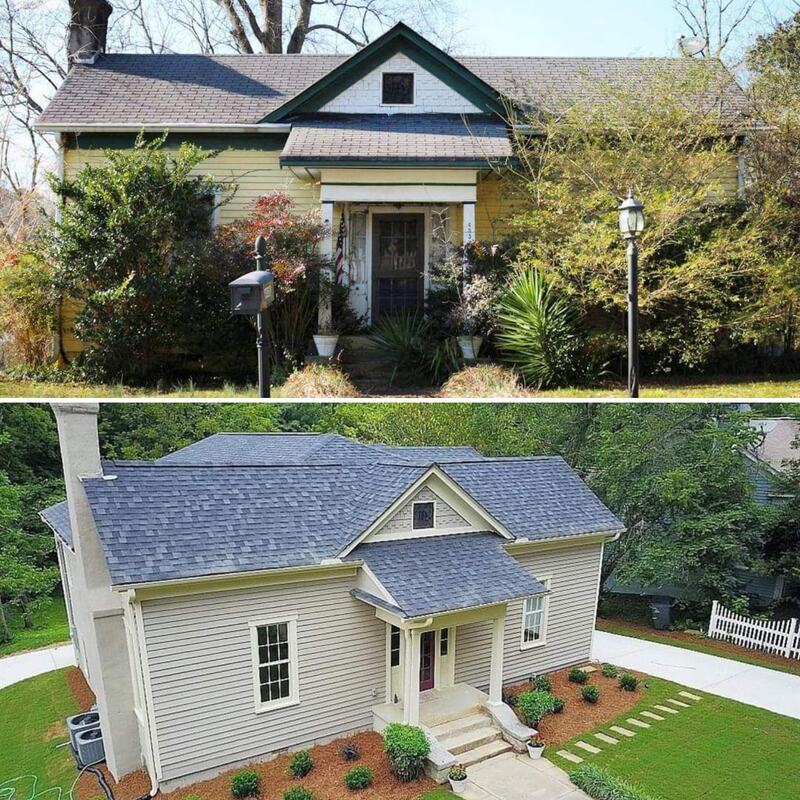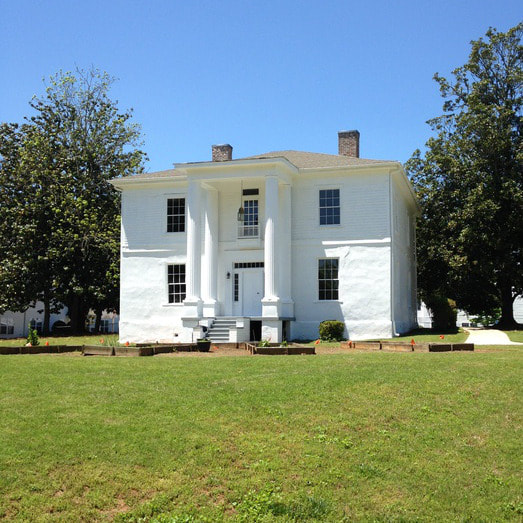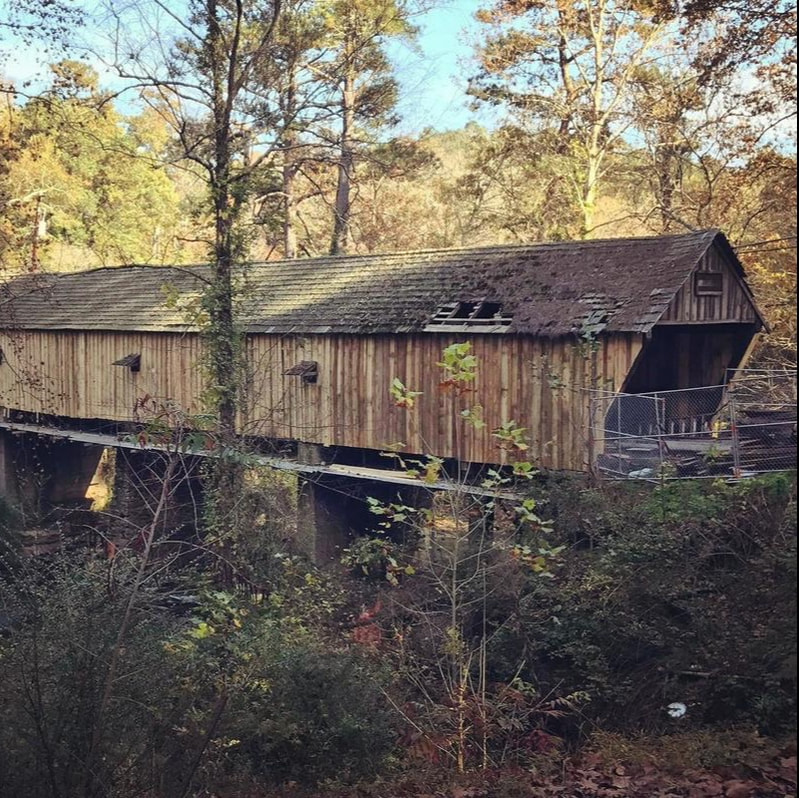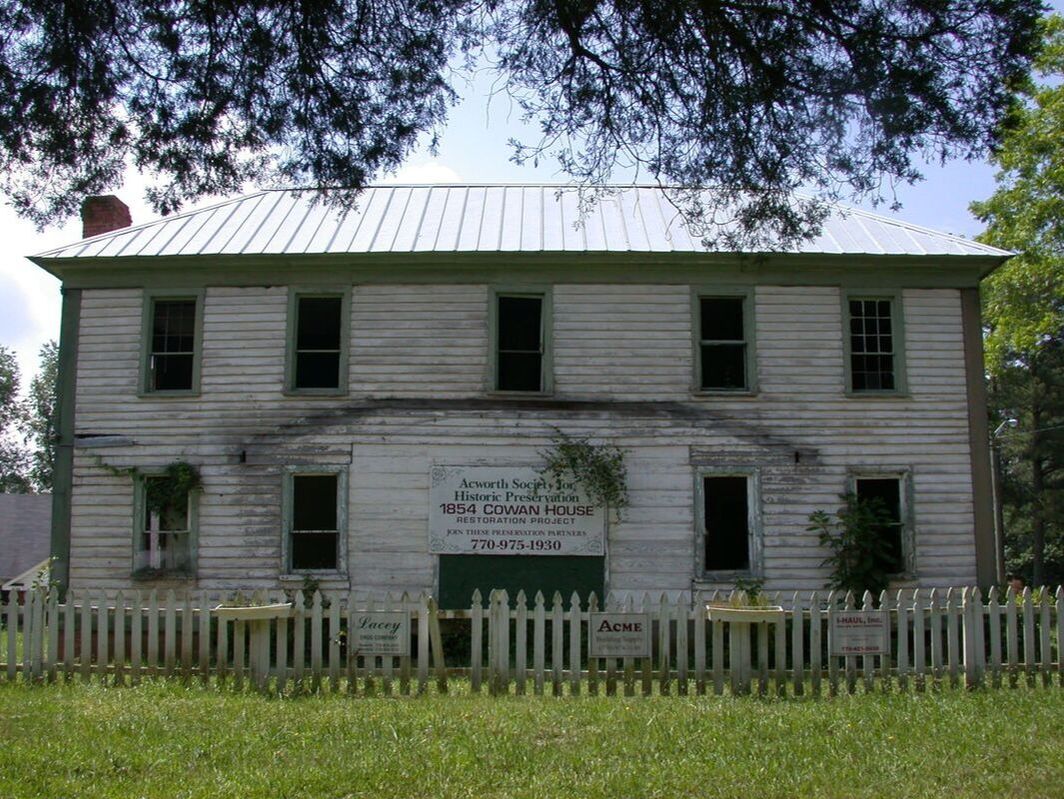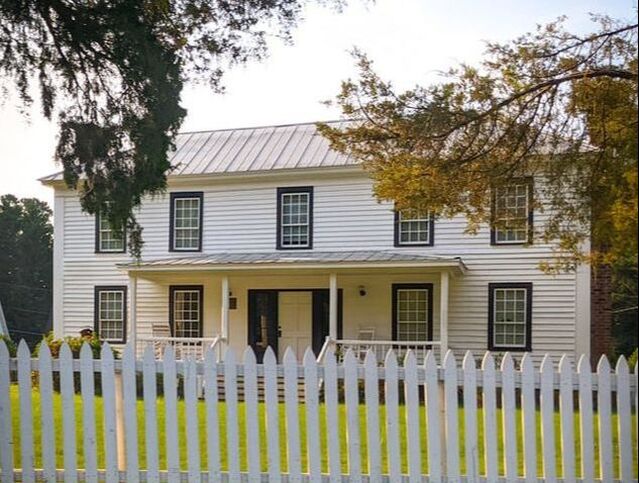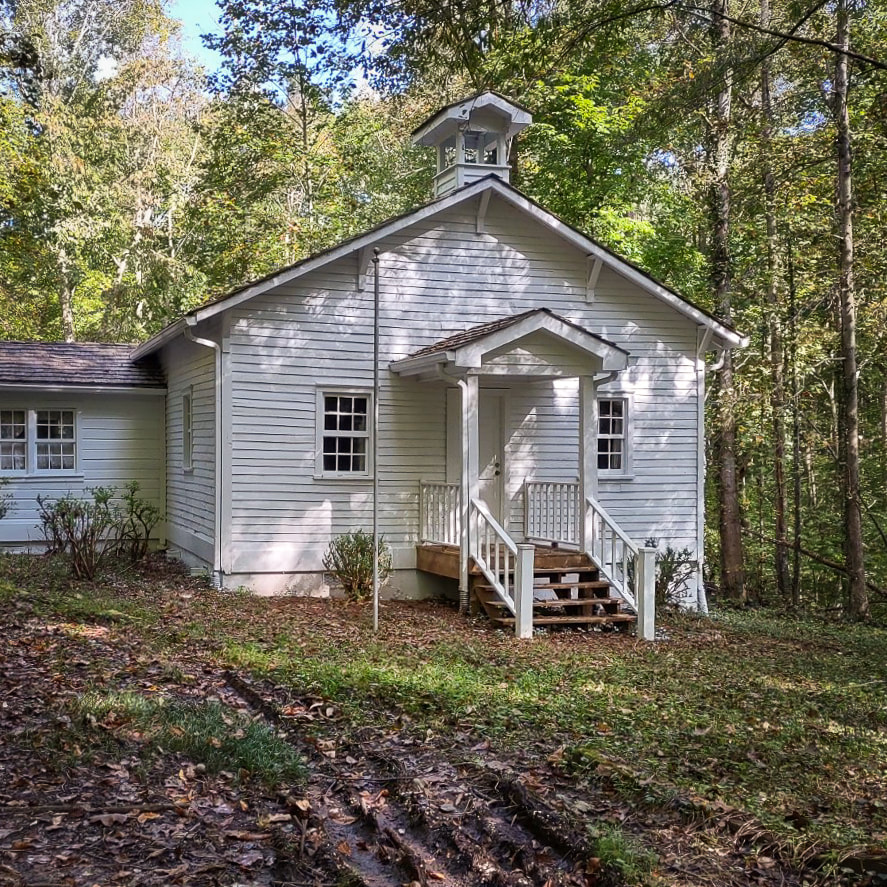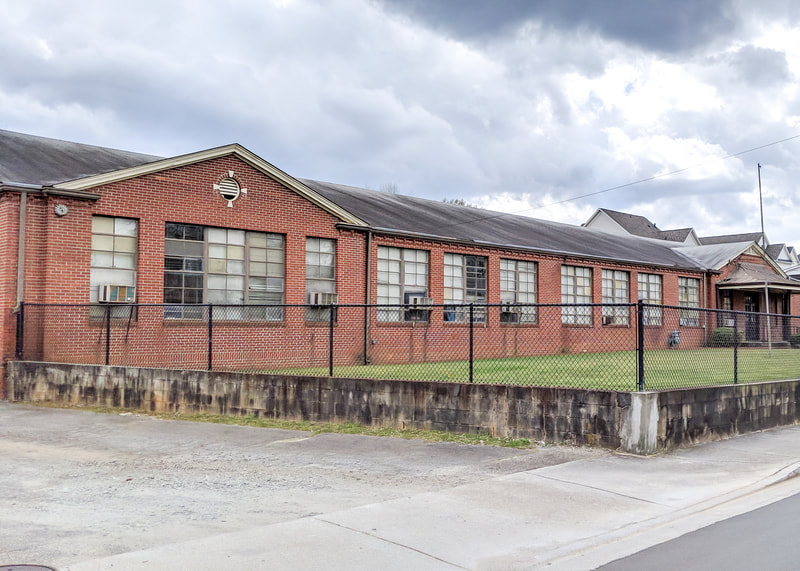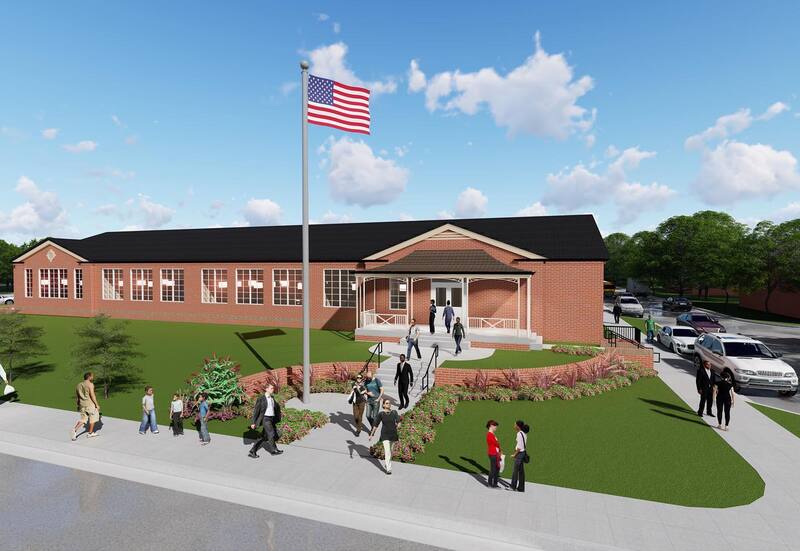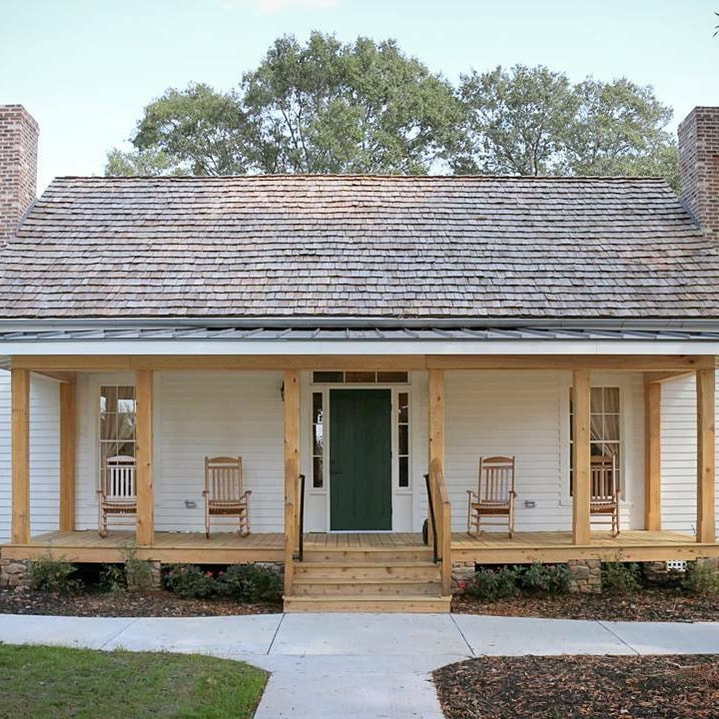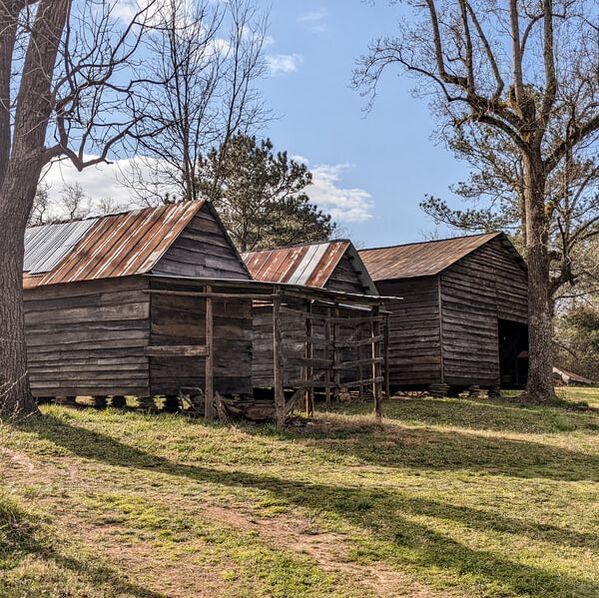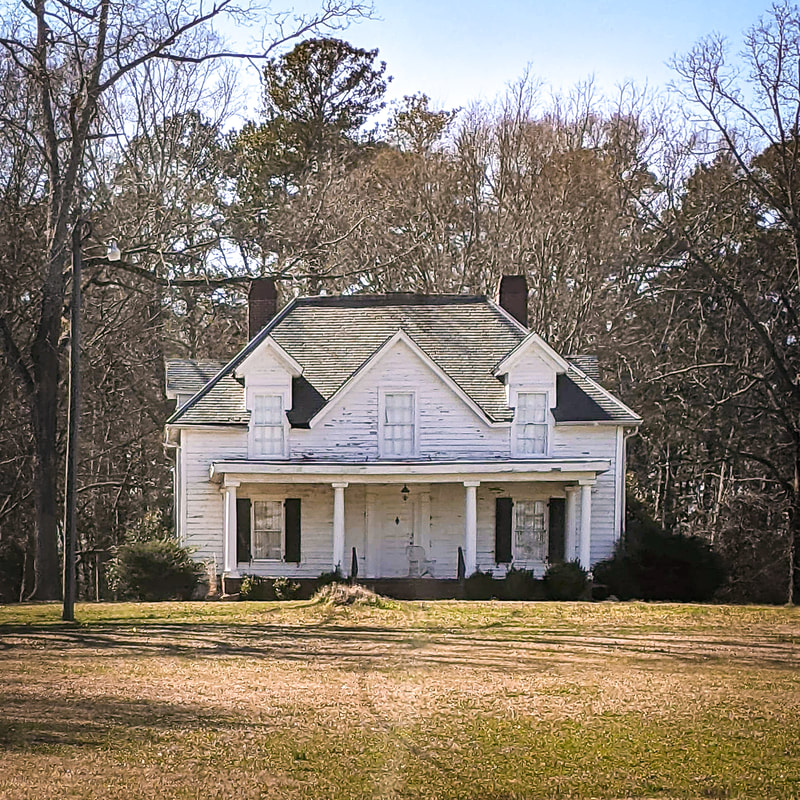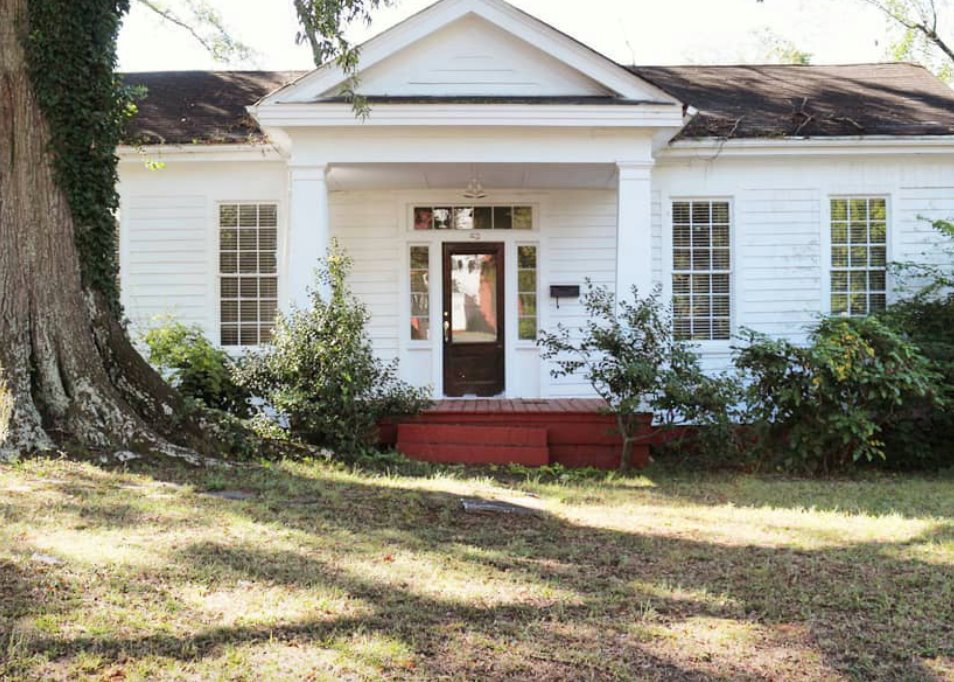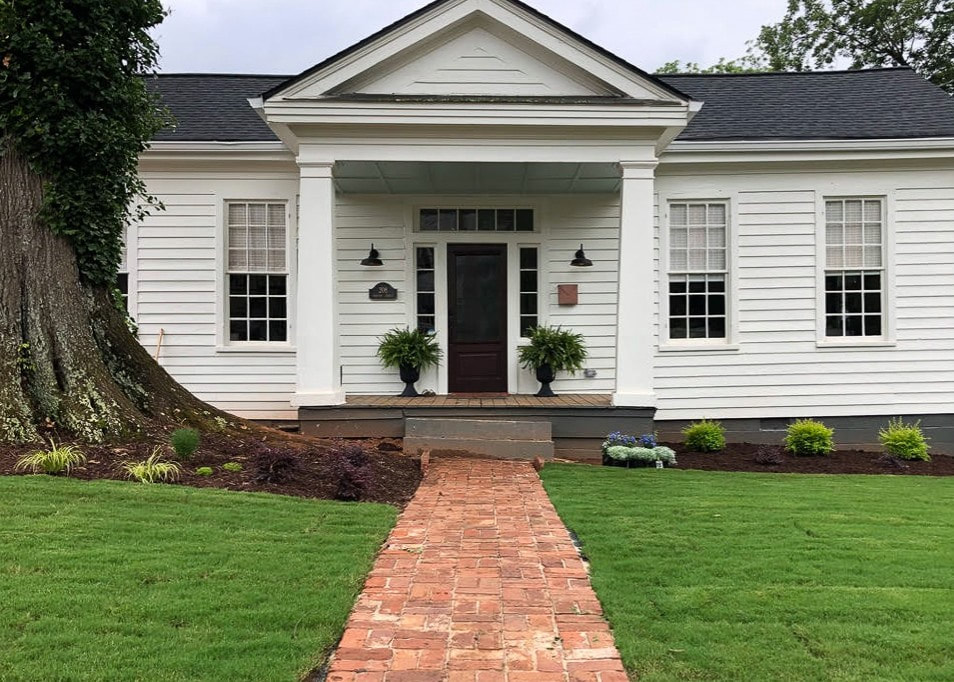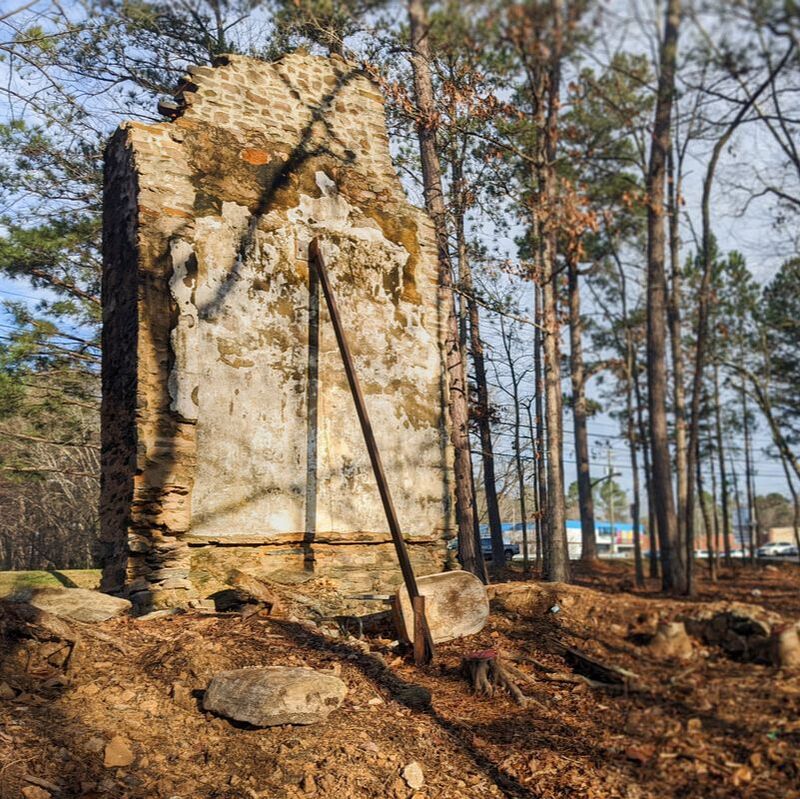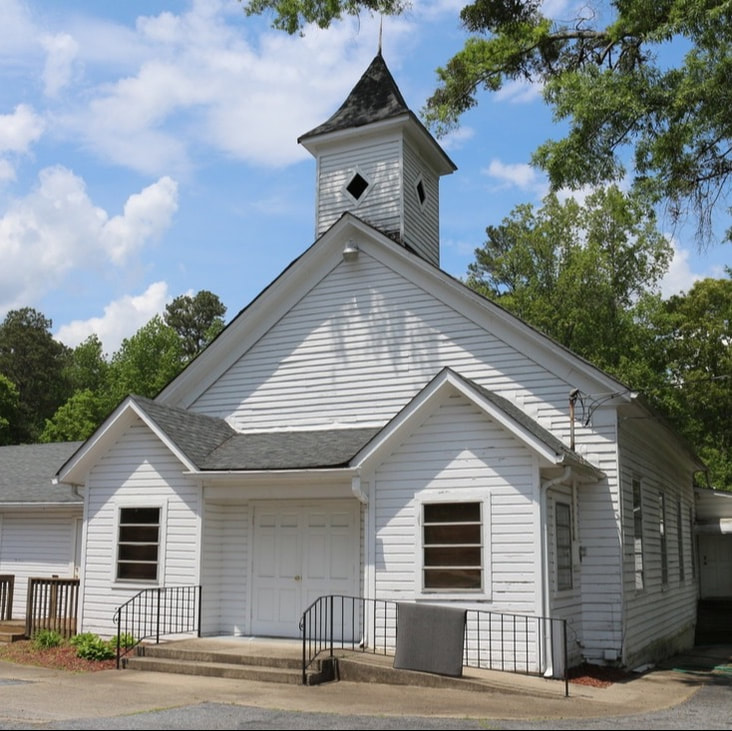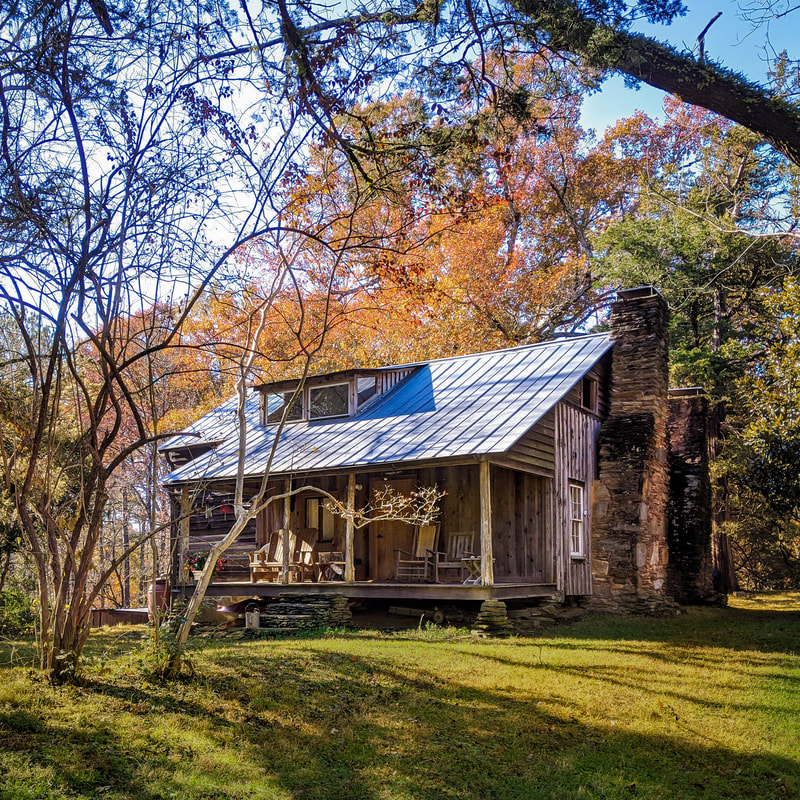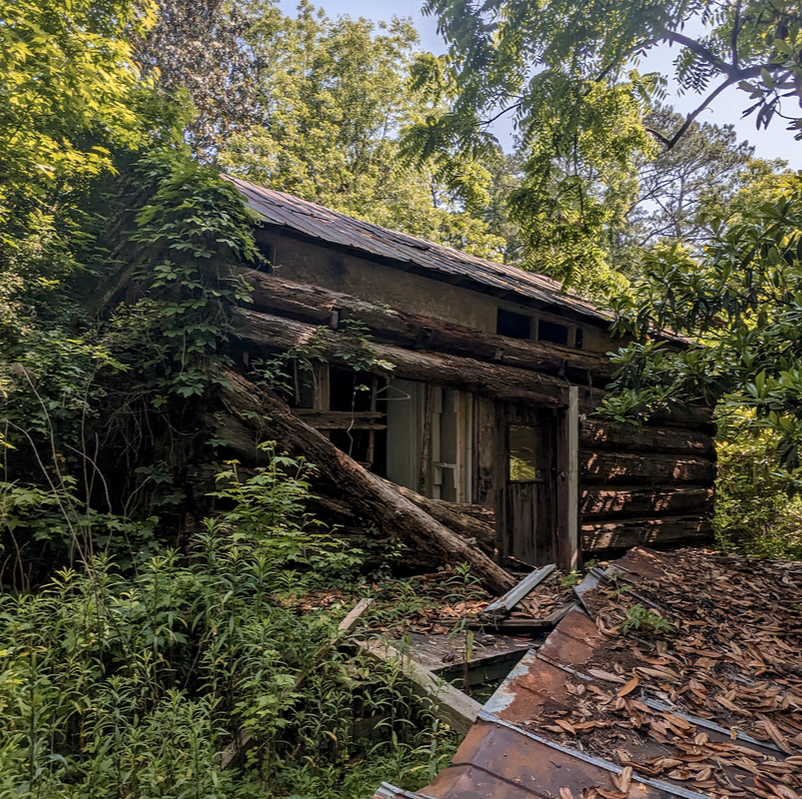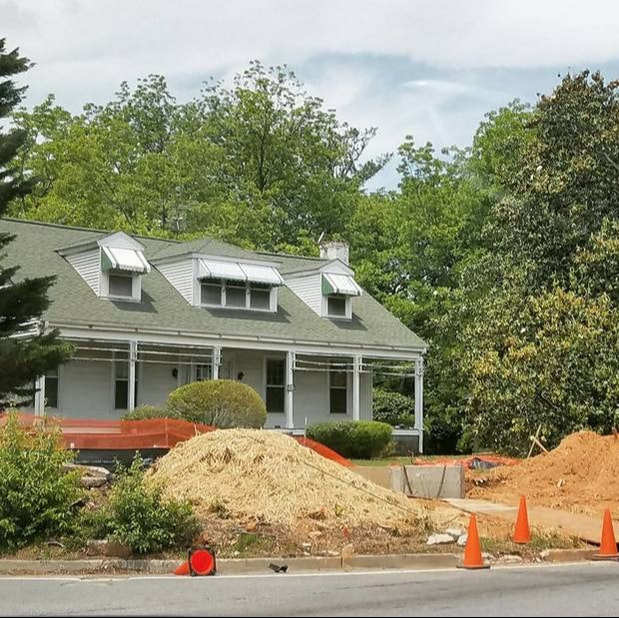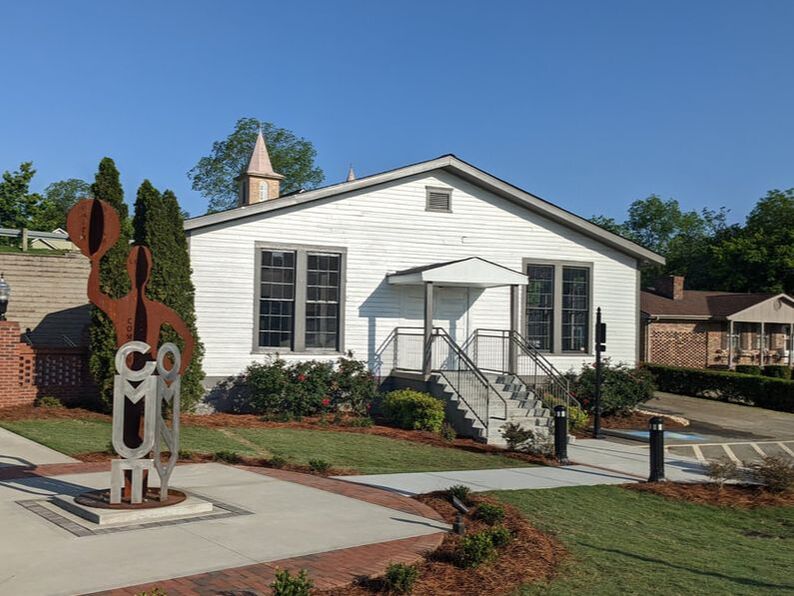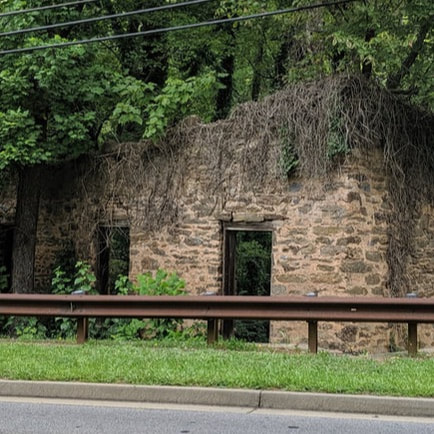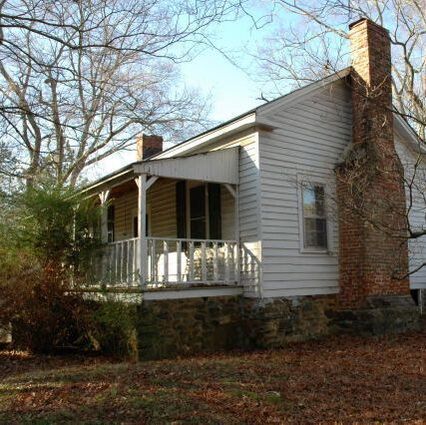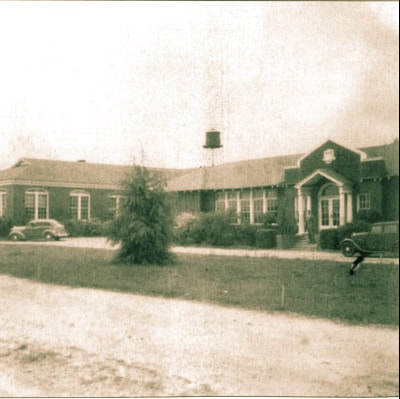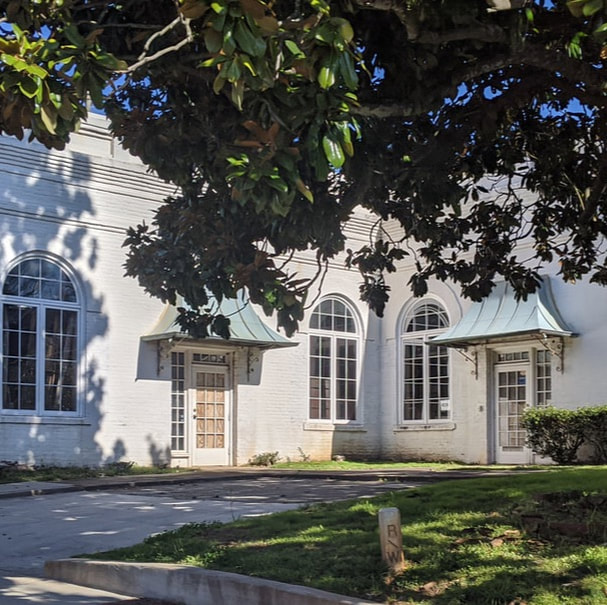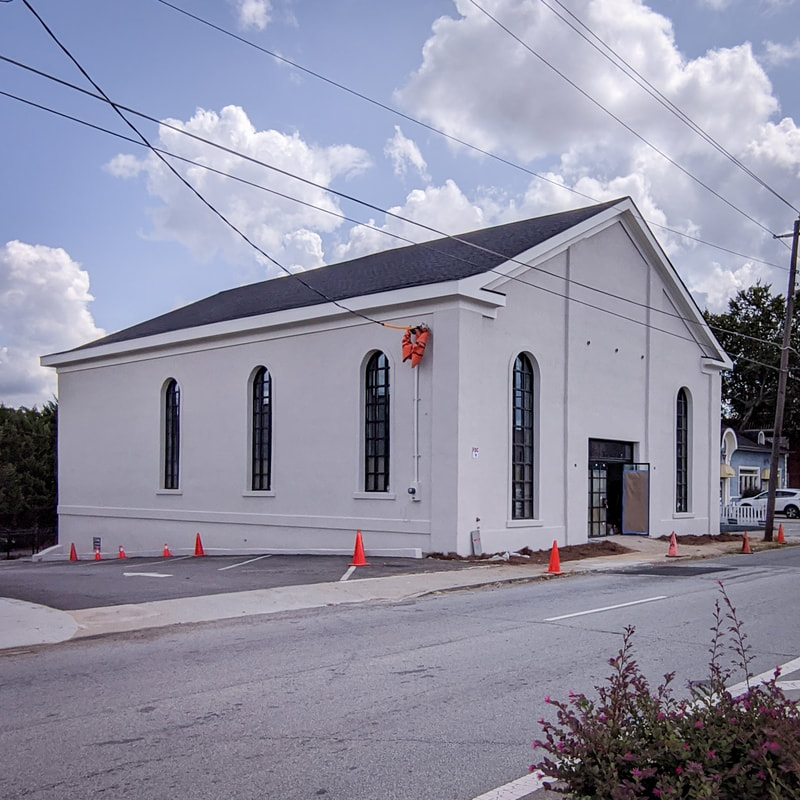When historic buildings are torn down or allowed to deteriorate, a part of the past disappears forever. When that happens, individuals lose the opportunity to have physical contact with the places where the region’s identity was established and community’s character was shaped. Below are some of the historic sites Cobb Landmarks has been working to preserve. Join us in our efforts!
|
Success - CLHS Preservation Award Winner
Acworth Christian Church Acworth, c. 1875 Acworth Christian Church was founded in 1858. The original structure was located on Mitchell Hill near downtown Acworth. After the Civil War, the present building was erected in 1875. Modifications made to the building significantly altered its appearance, and a lack of maintenance over the years led to deterioration of the structural integrity of the building. Cobb Landmarks supported the Save Acworth History Foundation by publicizing fundraising efforts which led to the stabilization and renovation of the structure. |
|
Active Priority
Acworth Mill & Odd Fellows Hall Acworth, c. 1870 This building was likely constructed just after the Civil War. Originally used as a tannery, it was later enlarged and used as a buggy factory, mill, mercantile store, and warehouse. The second floor was used by the "Colored Masons and Odd Fellows" during the 1930s. The structure is currently threatened by the possibility of insensitive structural changes or demolition. Cobb Landmarks hopes to help find a sympathetic buyer for the property. |
|
Success
Acworth Smokehouse Marietta, c. 1850 This smokehouse was originally located near Main Street in downtown Acworth. Scheduled for demolition, the smokehouse was dismantled and placed into storage. Insurance records from the 19th century indicate that a smokehouse used to stand behind the Root House. Cobb Landmarks used the bricks from this smokehouse to reconstruct a smokehouse at the Root House Museum. |
|
Watchlist
Bethel AME Church Acworth, c. 1880 Home to a small African American congregation, this church structure is threatened by lack of funding for repairs. The building is listed in the Acworth and National Registers of Historic Places. Cobb Landmarks will continue to work with local entities to promote preservation of this historic church. |
|
Watchlist
Bostwick-Fraser House Marietta, c. 1844 One of the most historic structures in Marietta, the house was threatened when its access was restricted by street changes. It was on the original Preservation Priorities list in 2008 and was sold later that year, preserved, and developed into law offices. Cobb Landmarks consulted with the owners about preservation techniques. |
|
Loss
Campbell Hill / Sugar Hill Marietta, c. 1852 This home was originally built for John Campbell in 1852. The masonry structure was gutted during the Battle of Kennesaw Mountain in 1864, but was quickly restored and enlarged in the years following the Civil War. In 1952 the house was sold to Saint Joseph Catholic Church. Through the years the house served as a convent, Parish meeting space, and, most recently, a rectory. Cobb Landmarks was distressed to learn Saint Joseph had plans to demolish the house. Despite several meetings with Saint Joseph representatives encouraging the adaptive reuse of the structure, Cobb Landmarks was informed the house will still be demolished as planned in favor of additional surface parking. |
|
Success - CLHS Preservation Award Winner
Carrie-Dyer House Acworth, c. 1850 The Carrie Dyer Reading Club was established in Acworth in 1898. In 1910, the group purchased a c. 1850 house in downtown Acworth for use as a clubhouse. The Carrie Dyer Reading Club operated a library in the home until 1963 when it returned to residential use. After decades of neglect, the home was purchased by a developer and plans were drawn up in 2017 to replace it with a modern structure. Cobb Landmarks worked with the City of Acworth to ensure that the original front rooms and facade of the home were retained. The home was remodeled and enlarged for a modern buyer. |
|
Success - CLHS Preservation Award Winner
Cheney-Newcomer House Powder Springs Road, c. 1856 This Greek Revival plantation house was built by Andrew Jackson Cheney. The house was used by Union Maj. Gen. John M. Schofield during the Battle of Kennesaw Mountain in 1864. The exterior was stabilized but the interior needed rehabilitation. The house was owned by the Cobb Preservation Foundation and Cobb Landmarks helped to successfully promote its sale and preservation. |
|
Success - CLHS Preservation Award Winner
Concord Covered Bridge Smyrna, c. 1872 Built in 1872, it is the only covered bridge still in use on a public highway in the metropolitan Atlanta area. The bridge was hit by a vehicle October 2016 and had been leaning since. In 2017, the Cobb DOT has constructed a floating steel frame inside the bridge to correct the leaning and strengthen the bridge. |
|
Success - CLHS Preservation Award Winner
Cowen Farmstead Acworth, c. 1854 Donated by the Acworth Society for Historic Preservation to the Georgia Trust for Historic Preservation in 2005 with assistance from Cobb Landmarks, the house's exterior was stabilized by the Georgia Trust, and the property was handled by its Endangered Properties Revolving Fund Program. The house is used as office space. |
|
Watchlist
Due West Schoolhouse / Gilgal Church Battlefield Kennesaw, c. 1880 The Due West Schoolhouse was originally constructed roughly 100 yards from its current location. In 1987 the schoolhouse was slated for demolition as part of a road-widening project. Concerned citizens organized efforts to have the schoolhouse relocated to the Gilgal Church Battlefield in 1988. The building was rehabilitated and used as a community center during the 1990s. The building is no longer in use. Cobb Landmarks is working with the current property owner to find a suitable use for it. Repairs have recently been made to the property. |
|
Success
Lemon Street Grammar School Marietta, c. 1950 After several meetings and discussions with Marietta City Schools, Cobb Landmarks is happy to share that the Lemon Street Grammar School will be returned to its original use: educating Marietta's students. Marietta City Schools plans to preserve the building's exterior and key architectural features while rehabilitating the interior, making it conducive to a modern learning environment. The building opened in 2021 as the new home to the Marietta Performance Learning Center, a division of Marietta High School. |
|
Success - CLHS Preservation Award Winner
Logan Farmhouse Acworth, c. 1850 In 2017 the City of Acworth completed restoration of this Civil War-era farmhouse. It's the centerpiece of their 120-acre Logan Farm Park. Cobb Landmarks offered preservation consultation and partnered with the city to furnish the home with pieces reflecting the period and style of the home. The home is available for events. |
|
Success - CLHS Preservation Award Winner
Hyde Farm East Cobb, c. 1850 Built in the mid 19th century and farmed until the 1990s, Hyde Farm is owned by Cobb County and the National Park Service. Cobb Landmarks recently bestowed a restricted donation from the Trust for Public Land to be used for the rehabilitation of the Hyde Farm barn. |
|
Watchlist
Alexander Mable House Mableton, c. 1920 This house was constructed by Alexander Mable, son of Robert Mable (which Mableton was named after). The original property consisted of 80 acres, which was reduced to 68.5 after it was purchased by Alexander Mable in 1887, and further reduced during housing booms of the 1940s/1950s. The property was recently purchased for development by Meritage Homes. As currently proposed, the project maintains the historic house and a portion of the lawn. Cobb Landmarks will continue to monitor the project. |
|
Success - CLHS Preservation Award Winner
Martin Slaughter House Marietta, c. 1850 Marietta's c. 1845 Martin Slaughter House was at risk of being demolished as part of a townhome development. After a rewarding discussion with the developer, Traton Homes, plans were revised so that the house could remain. The house was renovated as a private residence. Cobb Landmarks provided recommendations for preserving historically significant aspects of the house. Listed in the National Register of Historic Places, the Slaughter House is one of the last remaining homes in Marietta dating back to the 1840s. |
|
Success
Nesbitt/Union Chapel Ruins Powder Springs Road, c. 1880 Constructed along Powder Springs Road during the 1880s, only ruins of the chapel remain today. In April 2021, representatives from Friends of Nesbitt/Union Chapel, Cobb County PARKS, and Cobb Landmarks met to discuss what could be done with the $221,000 allocated to Nesbitt/Union Chapel from the Special Local Option Sales Tax (SPLOST), and how the project will proceed. A ghost frame, including the original bell, has been constructed. Stone from the site will be used to construct a short wall to show the perimeter of the original building. Additionally, the site will be interpreted using informational signage. |
|
Success
New Friendship Baptist Church Powder Springs, c. 1890 Constructed in the 1890s, the church is a great example of rural African-American church architecture and construction. Founded in 1881 by Reverend Alexander Penn, it is one of the oldest African-American churches in Cobb County. The church was approved for listing in the Cobb Register of Historic Places by the Board of Commissioners on February 28, 2017. |
|
Success
Power Cabin East Cobb, c. 1843 Located on a hillside above the Chattahoochee River, this cabin is believed to have been built by George Abner Power about 1843. It is one of the county’s few remaining log cabins. The cabin is used for special programs and events hosted by Cobb Landmarks. The cabin is currently not open for public tours. |
|
Active Priority
Power-Jackson Cabin East Cobb, c. 1830 The Power-Jackson Cabin is one of the last examples of a single-pen (one-room) log house remaining in Cobb County. The cabin was originally acquired by William Power and his daughter Martha Jane and her husband Jeptha C. Jackson moved in shortly after 1840. The cabin is currently threatened by site development. Cobb Landmarks is working to secure a future for the structure. |
|
Active Priority
Robert McAfee House Marietta, c. 1840 The McAfee House was constructed on Bells Ferry Road for Robert McAfee during the 1840s. Used as a headquarters for Brigadier General Kenner Garrard during the Civil War, the house is now the oldest structure remaining in the densely developed Kennesaw/Town Center area. Cobb Landmarks is keeping a close eye on the property. |
|
Success
Rosenwald School Acworth, c. 1925 Using a grant from the Lowe's Foundation, and in partnership with the National Trust for Historic Preservation, Cobb Landmarks managed the renovation of this historic school for continued use as a community center. The Acworth community also provided architectural and financial resources to complete the project in 2009. |
|
Watchlist
Wallis House Marietta, c. 1853 Built by Josiah Wallis, the house remained in the family until 2003, when it was purchased by Cobb County. It was used by both sides in the Battle of Kennesaw Mountain. A proposal to add the house to the National Park has been approved and Cobb Landmarks will continue to promote the long term preservation of the site. |
|
Watchlist
Marietta City Waterworks Building Marietta, c. 1910 The building is an L-shaped one story brick structure with Neoclassical Revival elements in its windows and doors. In 2011 it was designated a local historic landmark by the Marietta Historic Preservation Commission, and this action was ratified by the Marietta City Council. The building is now used for storage. Cobb Landmarks will encourage the city to protect the wood elements of the building, remove and replace non-historic elements, and work toward a plan for adaptive use. |
|
Success - CLHS Preservation Award Winner
Old First Methodist Church Building Marietta, c. 1848 After housing FUMC for 50 years, the building was converted to an opera house, back to a church, to an auto dealership, and to a lighting store. The building was for sale and sat empty for many years. Cobb Landmarks promoted the building's history and encouraged the new owner to preserve original features when possible. |
